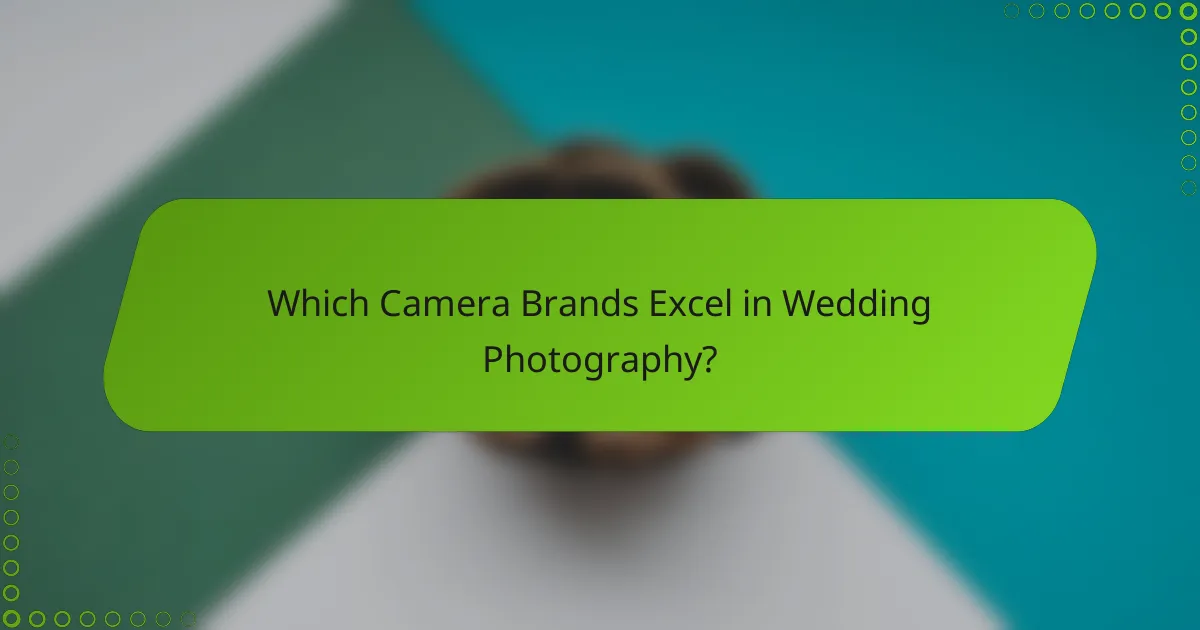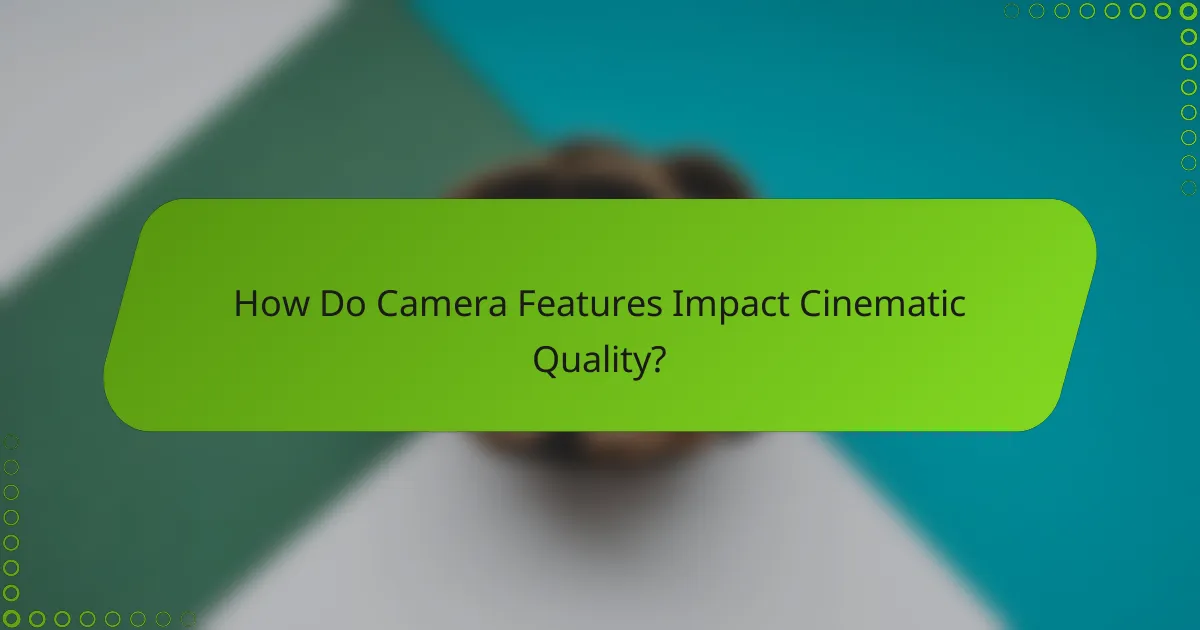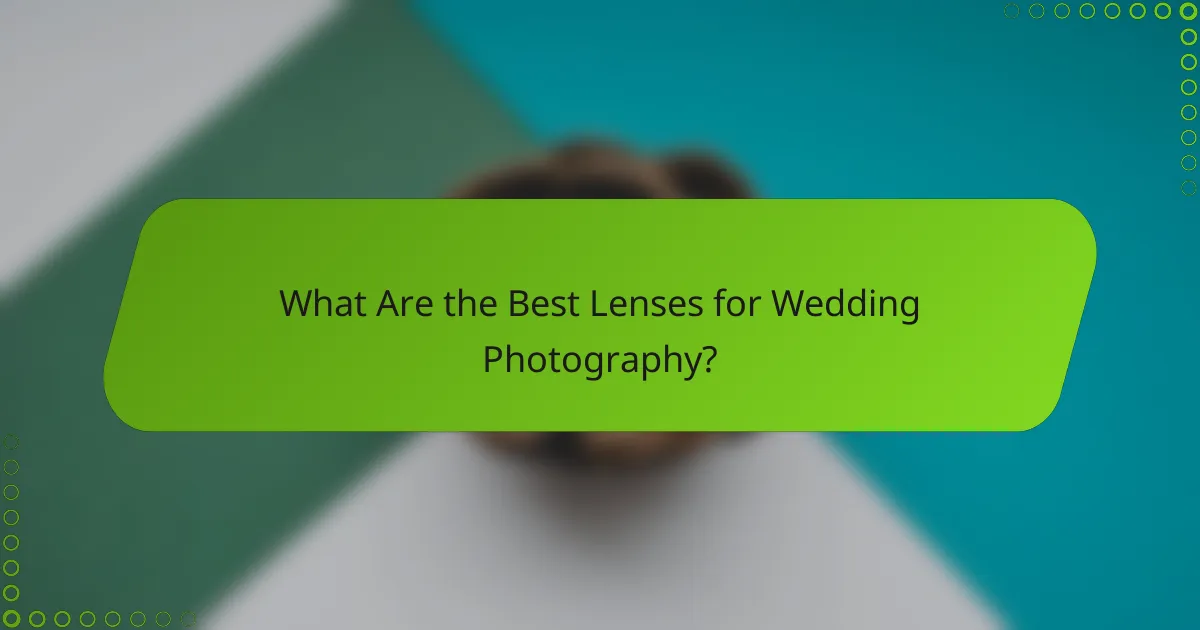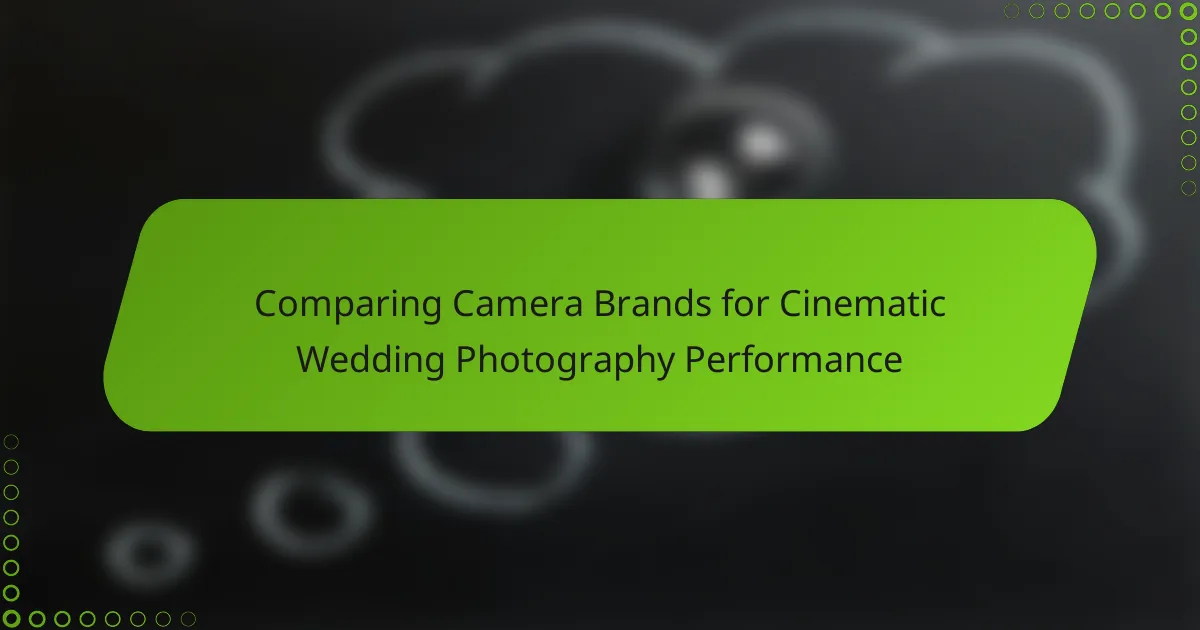When it comes to cinematic wedding photography, the choice of camera brand can greatly influence the final results. Canon, Nikon, Sony, and Fujifilm each offer distinct advantages that cater to the unique demands of capturing special moments. Understanding the specific features and capabilities of these brands is essential for achieving stunning imagery that reflects the beauty of the occasion.

Which Camera Brands Excel in Wedding Photography?
Several camera brands stand out for their performance in wedding photography, each offering unique strengths. Canon, Nikon, Sony, and Fujifilm are particularly noted for their capabilities, making them popular choices among professional photographers.
Canon: Versatile Performance
Canon cameras are known for their versatility, making them suitable for various wedding photography styles. Their extensive lens selection allows photographers to adapt to different shooting conditions, from wide-angle shots of venues to close-ups of details.
Many Canon models feature Dual Pixel autofocus, which provides fast and accurate focusing, essential for capturing fleeting moments during ceremonies. Additionally, their color science tends to produce pleasing skin tones, enhancing the overall aesthetic of wedding photos.
Nikon: Superior Low-Light Capability
Nikon excels in low-light performance, making it a preferred choice for evening weddings or dimly lit venues. Their sensors often deliver excellent dynamic range, allowing photographers to capture details in both shadows and highlights without excessive noise.
Models like the Nikon Z series offer impressive ISO performance, enabling photographers to shoot at higher sensitivities with minimal grain. This capability is crucial for capturing intimate moments during receptions or candlelit ceremonies.
Sony: Advanced Autofocus Features
Sony cameras are renowned for their advanced autofocus systems, which are particularly beneficial for capturing fast-moving subjects at weddings. Their Real-Time Eye autofocus technology ensures sharp focus on subjects’ eyes, which is vital for portrait shots.
Additionally, Sony’s mirrorless designs contribute to a lightweight setup, allowing photographers to maneuver easily throughout the event. The ability to shoot silently is another advantage, helping to maintain the ambiance during ceremonies.
Fujifilm: Unique Color Science
Fujifilm is celebrated for its unique color science, which produces vibrant and film-like colors that many photographers prefer. Their film simulation modes allow for creative expression, enabling photographers to achieve distinct looks without extensive post-processing.
Fujifilm cameras are also compact and lightweight, making them convenient for long wedding days. Their intuitive controls and retro design appeal to many photographers who appreciate a tactile shooting experience.

How Do Camera Features Impact Cinematic Quality?
Camera features significantly influence the cinematic quality of wedding photography by affecting image clarity, depth, and overall aesthetic. Key elements such as sensor size, lens options, and video resolution play crucial roles in achieving high-quality results.
Sensor Size: Full-Frame vs. APS-C
Sensor size is vital for capturing cinematic images, with full-frame sensors generally providing better low-light performance and dynamic range than APS-C sensors. Full-frame cameras typically excel in producing shallower depth of field, which is desirable for creating a more cinematic look.
When choosing between the two, consider your shooting environment. Full-frame cameras are ideal for indoor or low-light weddings, while APS-C cameras can be more affordable and lighter, making them suitable for outdoor events where portability is a priority.
Lenses: Prime vs. Zoom Options
Choosing between prime and zoom lenses affects the versatility and quality of your shots. Prime lenses offer superior sharpness and wider apertures, which can enhance bokeh and low-light performance, making them ideal for capturing intimate moments.
Zoom lenses provide flexibility, allowing photographers to quickly adjust framing without changing lenses. For wedding photography, a combination of both types can be beneficial; use primes for key moments and zooms for dynamic situations where movement is expected.
Video Resolution: 4K vs. 1080p
Video resolution is crucial for cinematic quality, with 4K offering four times the detail of 1080p. This higher resolution allows for more cropping options in post-production without sacrificing image quality, making it a preferred choice for wedding videography.
However, 4K requires more storage space and processing power, which may be a consideration for some photographers. If storage and editing capabilities are limited, 1080p can still deliver excellent results, especially for online sharing and smaller screens.

What Are the Best Lenses for Wedding Photography?
The best lenses for wedding photography typically include versatile zoom options that perform well in various lighting conditions. Key factors to consider are aperture size, focal length, and image stabilization, which can significantly impact the quality of your shots during a wedding.
Canon EF 24-70mm f/2.8L II USM
The Canon EF 24-70mm f/2.8L II USM is renowned for its sharpness and versatility, making it a favorite among wedding photographers. With a constant f/2.8 aperture, it excels in low-light situations, allowing for beautiful depth of field effects.
This lens features fast autofocus and weather sealing, which is crucial for outdoor weddings. Its focal length range is ideal for capturing everything from wide group shots to intimate portraits.
Nikon AF-S 24-70mm f/2.8E ED VR
The Nikon AF-S 24-70mm f/2.8E ED VR offers exceptional image quality and vibration reduction, making it a strong contender for wedding photography. The lens maintains a constant f/2.8 aperture throughout its zoom range, ensuring consistent exposure in various lighting conditions.
Its robust build quality and weather resistance are advantageous for outdoor ceremonies. The lens also provides excellent color rendition and contrast, which can enhance the overall aesthetic of wedding images.
Sony FE 24-70mm f/2.8 GM
The Sony FE 24-70mm f/2.8 GM is designed for full-frame mirrorless cameras and is celebrated for its outstanding optical performance. With a fast f/2.8 aperture, it allows for creative control over depth of field and performs well in challenging lighting.
This lens features advanced autofocus capabilities, which are essential for capturing spontaneous moments during weddings. Its lightweight design makes it easy to carry throughout the day, ensuring you won’t miss any important shots.

How to Choose the Right Camera for Your Budget?
Choosing the right camera for wedding photography within your budget involves balancing features, performance, and price. Consider factors like image quality, low-light performance, and lens compatibility to ensure you capture stunning cinematic moments without overspending.
Entry-Level Options: Canon EOS Rebel T8i
The Canon EOS Rebel T8i is an excellent entry-level camera for wedding photography, offering a solid balance of features and affordability. With a 24.1 MP sensor and Dual Pixel autofocus, it provides good image quality and fast focusing, making it suitable for capturing dynamic wedding scenes.
This camera typically retails for around $900, including a kit lens, making it accessible for beginners. It’s lightweight and user-friendly, allowing new photographers to learn and grow without feeling overwhelmed.
Mid-Range Choices: Nikon Z6 II
The Nikon Z6 II is a versatile mid-range option that excels in both photo and video performance, ideal for cinematic wedding photography. With a full-frame 24.5 MP sensor and impressive low-light capabilities, it ensures high-quality images even in dimly lit venues.
Priced around $1,999 for the body alone, this camera offers advanced features like in-body stabilization and dual card slots, which are essential for professional work. It’s a great choice for those looking to elevate their photography without breaking the bank.
Professional Picks: Sony A7S III
The Sony A7S III is a top-tier camera designed specifically for professionals who prioritize video performance alongside stunning stills. With a 12.1 MP full-frame sensor and exceptional low-light performance, it captures beautiful cinematic footage in challenging lighting conditions.
At approximately $3,499 for the body, it’s a significant investment but offers features like 4K video at high frame rates and advanced autofocus capabilities. This camera is ideal for seasoned photographers who demand the best quality and versatility for wedding cinematography.

What Are the Key Considerations for Wedding Videography?
When planning wedding videography, key considerations include stabilization, audio quality, and camera performance. These elements significantly impact the final cinematic product, ensuring smooth visuals and clear sound during the event.
Stabilization: Gimbals vs. In-Body
Stabilization is crucial for capturing smooth footage during wedding videography. Gimbals provide external stabilization, allowing for fluid motion even when moving quickly through the venue. In-body stabilization, on the other hand, is built into the camera and can help reduce shake without additional equipment.
When choosing between gimbals and in-body stabilization, consider the shooting style. Gimbals are ideal for dynamic shots and longer sequences, while in-body stabilization is convenient for quick setups and less complex movements. A combination of both can yield the best results, depending on the scene.
Audio Quality: External Microphones
Audio quality is essential in wedding videography, as clear sound enhances the emotional impact of the video. Using external microphones can significantly improve audio capture compared to built-in mics, which often pick up unwanted background noise.
Investing in a quality external microphone, such as a shotgun or lavalier mic, is recommended for capturing vows and speeches. Ensure that the microphone is compatible with your camera and test it before the event to avoid issues. Remember to monitor audio levels throughout the day to maintain consistent quality.
